Celebrating Republic Day in India
A Republic Day celebration is organized by every Compassion child development center across eastern India to teach children in our sponsorship program about national pride. The celebrations include a series of programs like a parade and patriotic dances by the children, flag hoisting, a standing salute to the Indian tricolor by children and staff, and a short speech by the guest of honor.
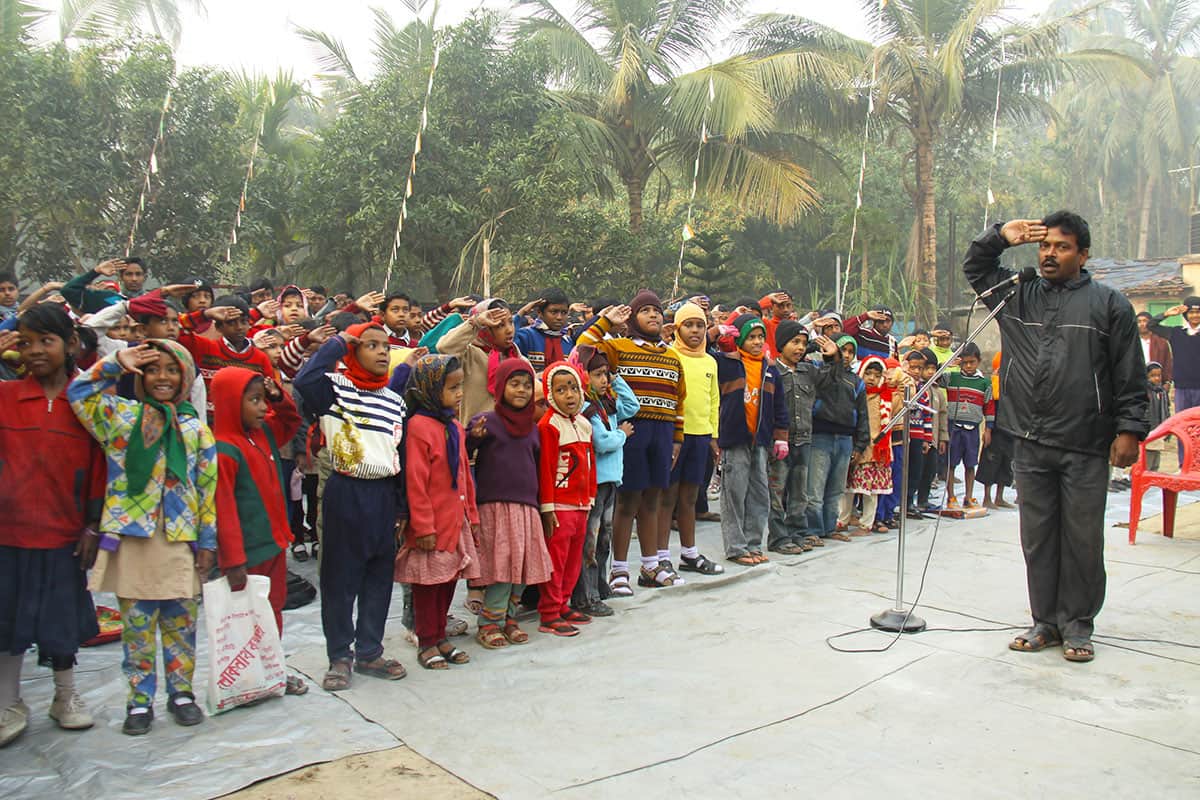
Through these celebrations, children at the development centers are taught about brotherhood and harmony irrespective of their caste and faith. Children learn to become responsible and loyal toward their future duty as citizens of their nation.
“We are building future patriots for our nation by instilling patriotic fervor in our children through celebrations like Republic Day and Independence Day. If children understand their responsibility towards their motherland from their childhood days, I am confident they have the potential to do great things for our nation,” says Puspita, a staff member at IN-729.
Republic Day (26th January) is celebrated every year across India with great pomp and pageant. It is one of the three national holidays of the country.
The occasion is marked by a grand parade in the nation’s capital of New Delhi. It includes a march-past by India’s three armed forces, distribution of bravery awards, and folk dances by tribal people in their traditional costumes, marking the cultural unity of India.
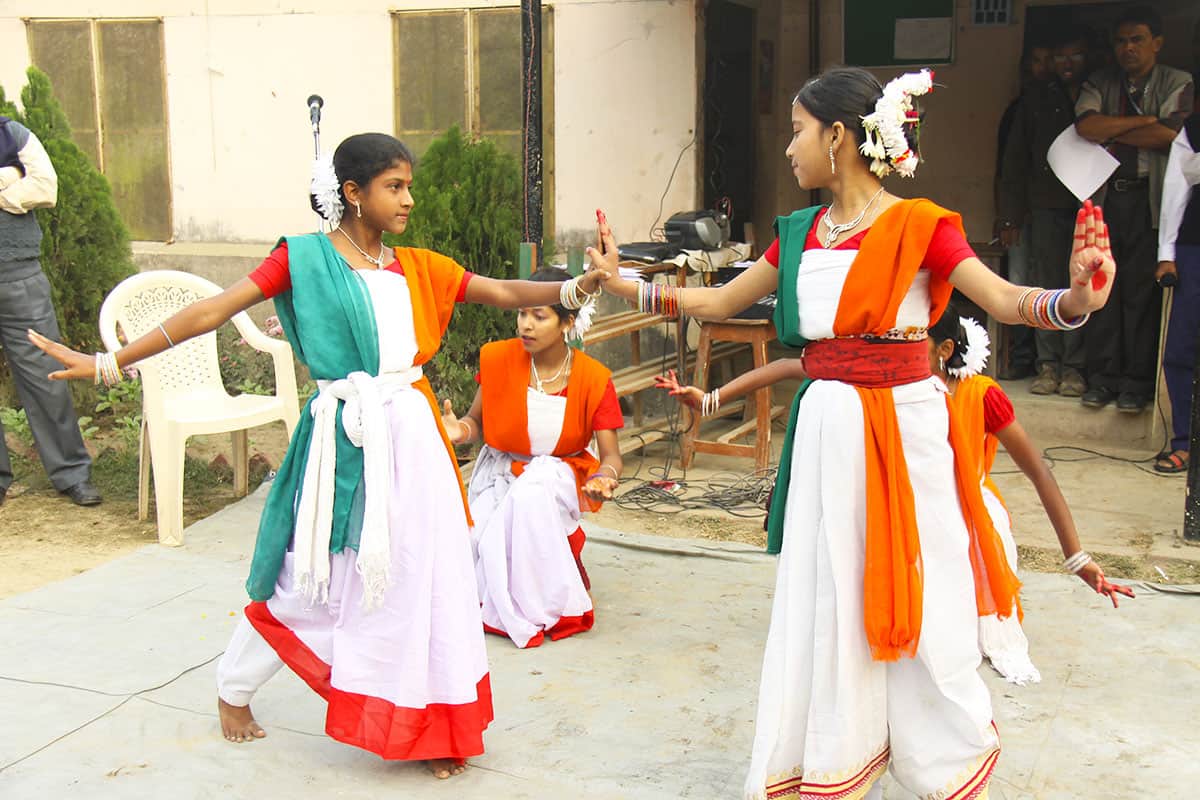
The Indian military also showcases its latest acquisitions of artillery, missiles and radars. Streaks of jet planes from the Indian Air Force leave a trail of tricolored smoke to culminate the celebration at the nation’s capital.
Republic Day fills up every Indian heart with patriotic fervor because it was on this day in 1950 that the Indian Republic and its constitution came into force. On January 26, 1950, Dr. B.R. Ambedkar framed the written constitution of India with seven other members of the drafting committee that finally saw India become a republic nation.
Republic Day has set a milestone in India’s history by giving all Indian citizens the right to exercise freedom in every sphere of their life and also teaching them to live in unity, equality and harmony amidst their vast cultural diversity.
The celebrations at IN-729 begin early in the morning as children line up with their center’s banner and the Indian tricolor flag to parade through the campus to the rhythm of beating drums.
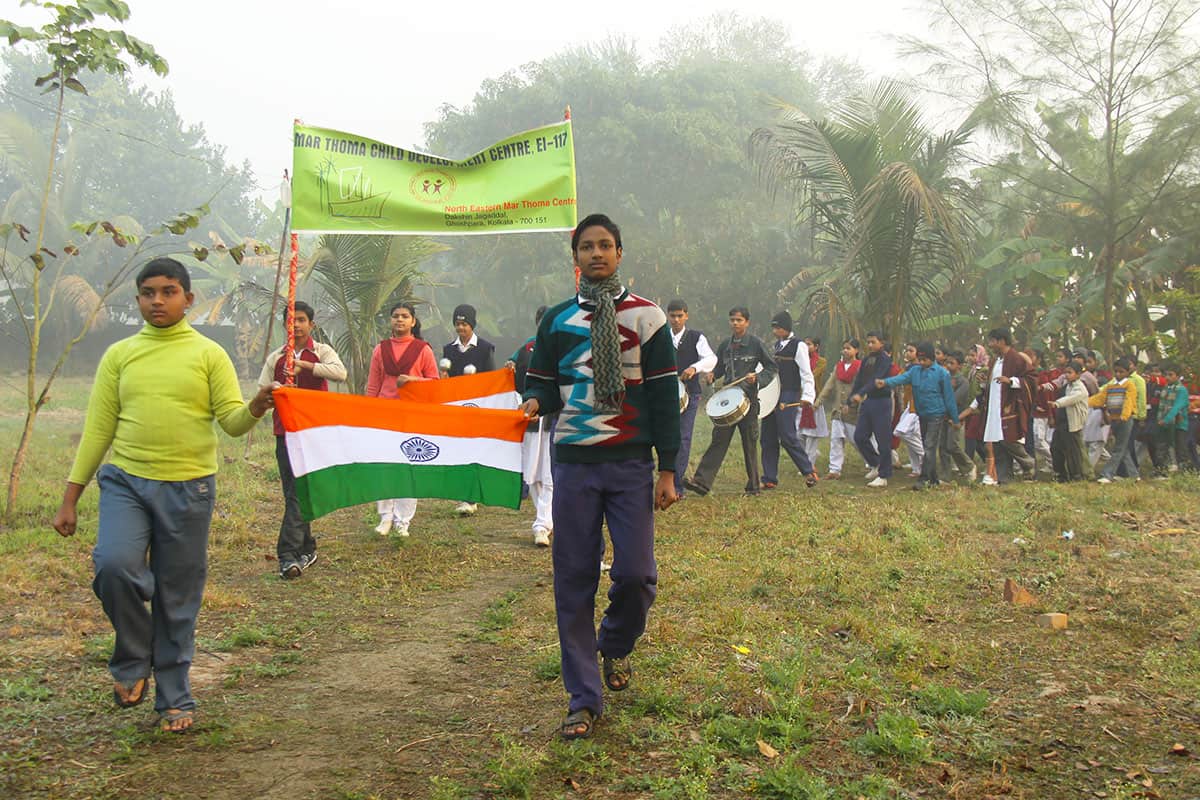
That is followed by a short prayer from a child and the unfurling of the national flag by the head teacher of the local government school.
The teacher also shares a short speech on Republic Day to encourage and inspire children:
“I have seen great change in this community through the initiative the child development center has taken in educating poor children of this community. I am hopeful that today’s children will become tomorrow’s leaders in this community; I am glad to see how they are also instilling patriotic feelings in these children through these kind of celebrations.”
After flag hoisting, the children put together a beautiful patriotic dance dressed up in the tricolored attire, followed by another short message on the theme of Republic Day. Finally the celebration culminates with a vote of thanks and closing prayer from another Compassion-assisted child.
After the program ends, children line up in rows of two to collect sweets and the national flag is distributed at the gate by volunteers.
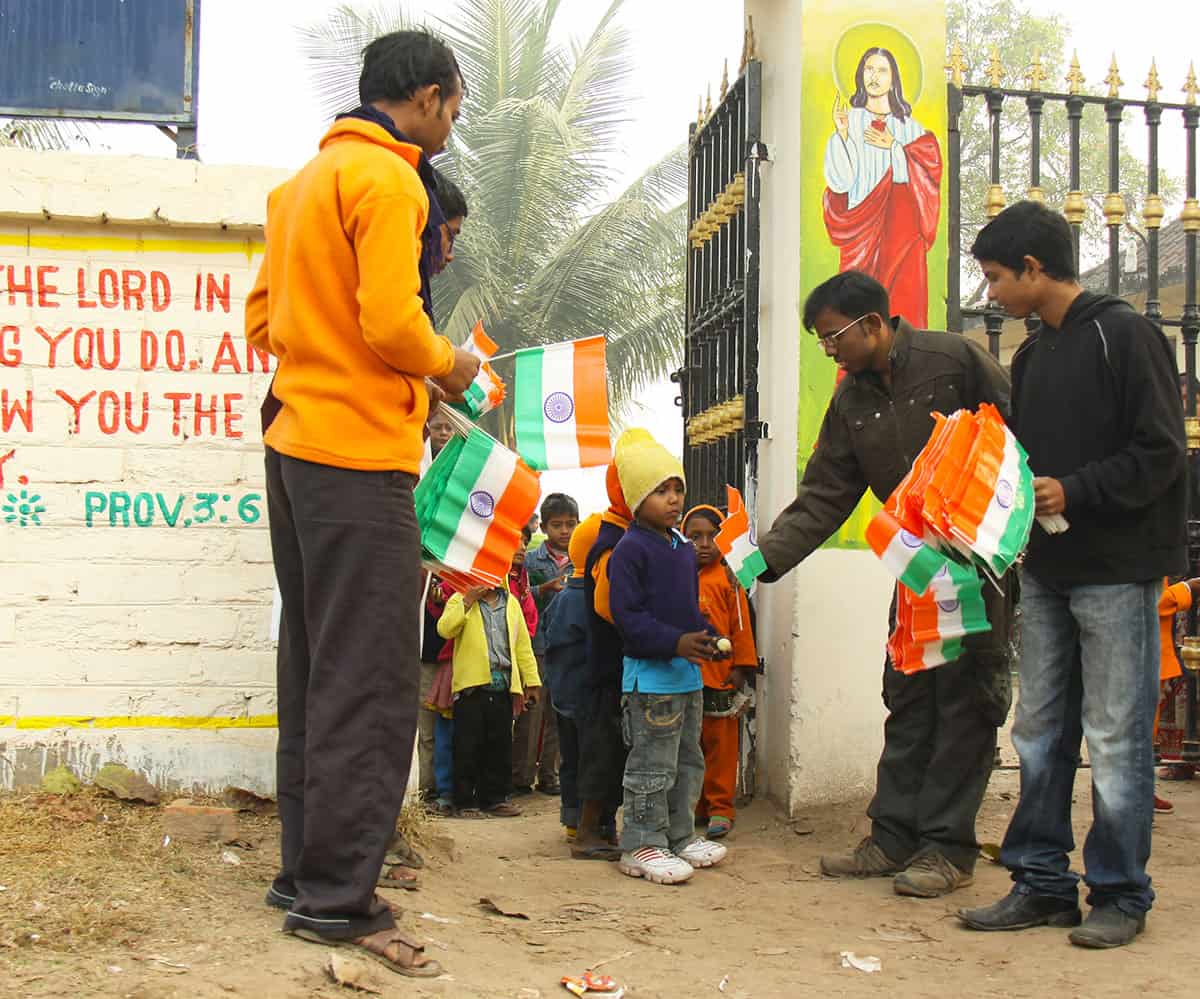
“I remember coming to the center and eating candies on Republic Day but as I grew older I realized the importance of this day. I read about Dr. Ambedkar in our history textbooks and it inspired me a lot. We celebrate this day with honor remembering all who helped to make India a republic nation,” says Rumpa, a Compassion-assisted child.
Through Republic Day celebrations, the development center instills the spirit of brotherhood, unity and equality in all Compassion-assisted children.
“I want to do something for my nation that I can feel proud of. Besides, the freedom and equality we enjoy today was earned through the sacrifice of our freedom fighters and that is what I want our little brothers and sisters at the development center to know when they grow up like me,” tells Anamika, another Compassion-assisted child.
The development center is ministering to children coming from both Hindu and Muslim families.
In the past, village standards were so rigid that Hindu and Muslims would not drink from the same hand pump without first washing it properly. Each had their separate ponds where they took baths. The center has helped children to advocate the message of brotherhood and unity in their families through which many Hindu and Muslim families have come together in love and harmony.
Staff member, Puspita says it well,
“Our children are spreading the message of unity and love in their neighborhood. This has brought a lot of change in the community. Celebrations like Republic Day help us to make that message even more powerful.”
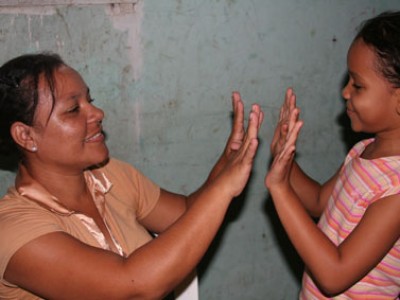
The Two Most Important Elements of a Child’s Education
Behind our work in Colombia, hides a shy face, a brave woman who gives her life for those in need, who kneels down to hear and embrace those who have become her passion. A woman who exemplifies perseverance and who has opened her heart for the hundreds of children who attend Esperanza de Vida Child Development Center.
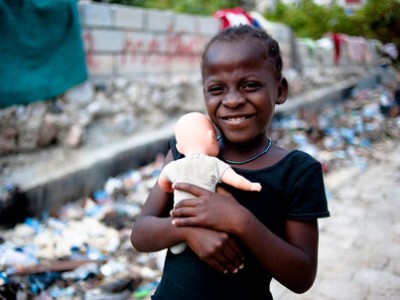
Expressing Need While Maintaining Dignity
How should we express the urgent needs of the children in our programs while maintaining their dignity?
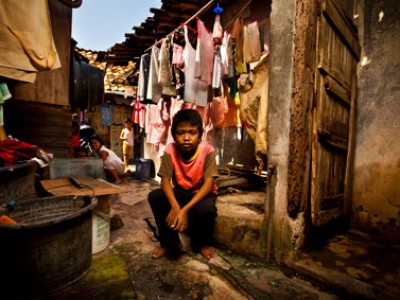
Where’s the Poverty?
The presence of dignity doesn’t equal the absence of poverty.
Hope Breaks Into a Tortured Life
Sneha grew up in a poor farmer’s home. Her father could not afford to pay a dowry to marry off his two daughters, as is custom in much of India. There were already enough financial struggles at home. So Sneha assured her father she would marry whomever he chose for her after her sister married outside of their clan.
Sneha’s father got a proposal for her after a year. When the two families met over lunch at their home, it seemed to be the perfect match because no dowry was even asked for. They agreed, and Sneha got married.
But after one month, life started to change. Fights started at home. Sneha’s husband started accusing her of being unfaithful, even with her brother-in-law.
She thought it was his possessiveness of her that made him angry and verbally abusive. But when Sneha learnt about her husband’s abusive and suspicious nature from the neighbors, she was hurt. Sneha kept his behavior secret from her family, and she had no way out.
Sneha thought perhaps a child would end the tension in their marriage. After a year she conceived and gave birth to a beautiful little girl.
Things did not change as Sneha had expected. Her husband started abusing her even more because she had a girl instead of a boy. Gradually his verbal abuse turned into physical torture. He would burn the little baby’s tender skin with cigarettes. He would grab Sneha by the hair, and hit her in front of the neighbors. (more…)
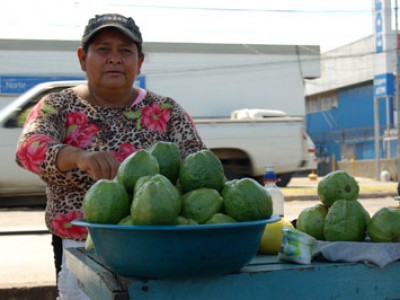
Life in Rural Nicaragua
The roads are muddy with many puddles during the rainy season. During the summer it is very dry and dusty. Plantations are on each side of the road and a few houses here and there. People move on bikes, motorcycles, or horses, except for the very few who have a vehicle. Because of the climate changes, crops were lost and people need to find other ways to survive.
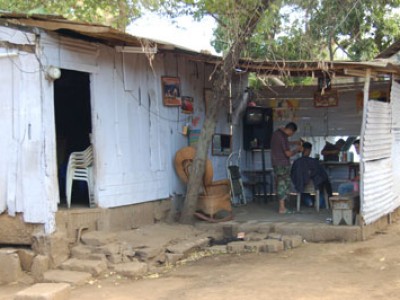
Life in Urban Nicaragua
Managua’s economy is based mainly on trade. It has suffered two devastating earthquakes over the course of the 20th century — in 1931 and again in 1972 — that destroyed the center of the city, which has not been rebuilt. Managua is the economic, political, cultural, commercial and industrial center of Nicaragua.
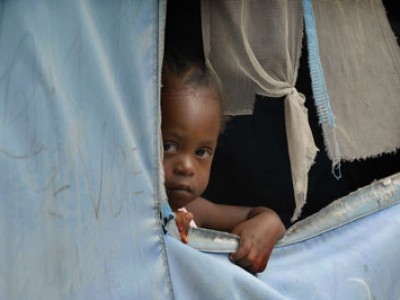
Street-Level Compassion, Street-Level Delivery in Haiti
I once read an article that cited a relief and development organization who said that they couldn’t rely on churches to do the work they needed to do in the third world. They claimed that the needed expertise and skill sets simply weren’t there. It made me scratch my head.
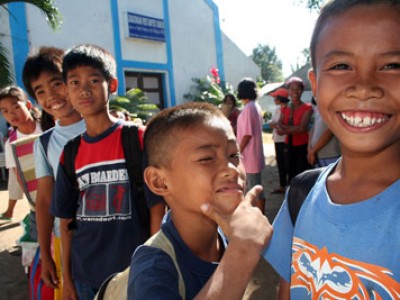
Rural Life in the Philippines
Due to poverty, many children drop out of school to work in sugarcane plantations. Here, they are exploited and forced to work long hours for meager pay. Negros Occidental has the highest magnitude of poor families in the country, mostly concentrated in rural areas. About 33 percent of the population lives on less than $1 a day.
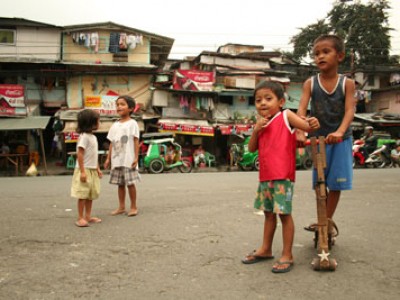
Urban Life in the Philippines
Metro Manila, seen as a “land of opportunities,” has lured many people from different provinces to work and live here. About 35 percent of the families live in informal slum areas that are unfit for settlement, such as in low-lying flood plains, on riverbanks, near highways and railroads, and on dumpsites.
How Are Children Told That They Have Been Sponsored?
One-to-one sponsorship helps children across the globe write off poverty and begin living a lives of hope. And it begins when someone picks up a child packet and makes the commitment to sponsor a child. That’s when our sponsorship notification process gets rolling.
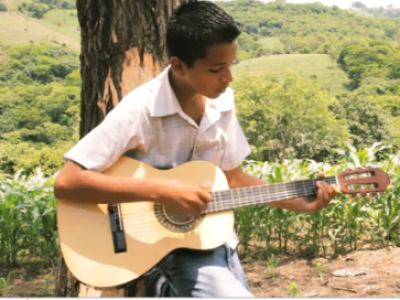
Your Sponsorship Brings Hope: A Report from El Salvador
A frequently asked question about child sponsorship is this: How does it make a difference? People want to know that their concern, their money and their intentions are safe in our hands. This video from El Salvador highlights one of thousands of similar stories that attest to the crucial difference your sponsorship can make in the life of a child!


